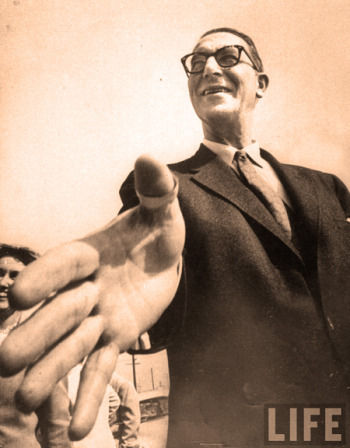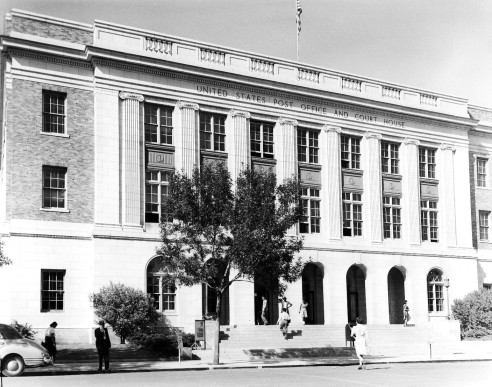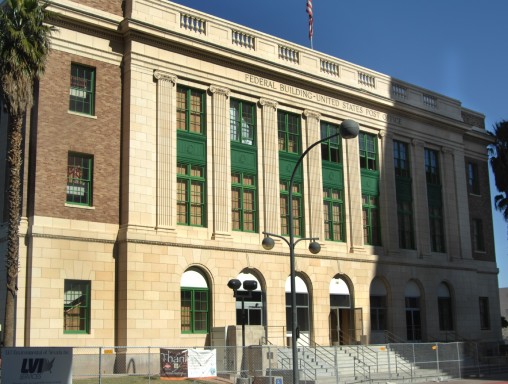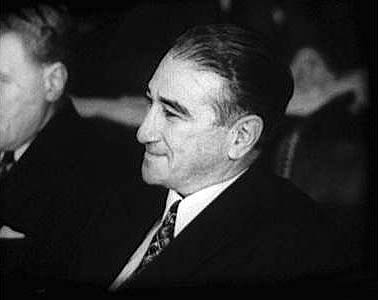
In his later years he was known for his philantrophy, in his younger years he was a member of Cleveland's Purple Gang, in his mid-years, he was the mob's man in Las Vegas. When Wilbur Clark fell into financial problems with the Desert Inn, Moe helped him out and, in doing so, got controlling interest in the hotel.
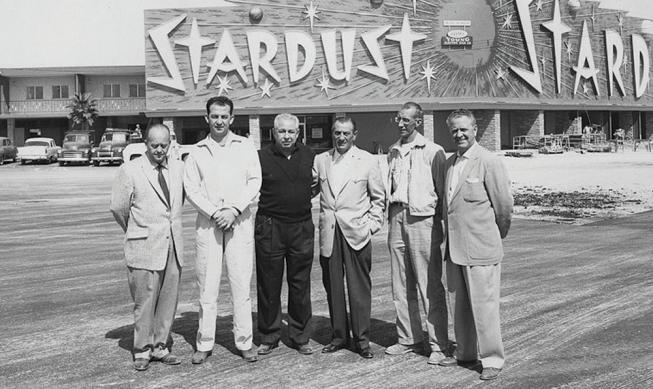
When Tony Cornero ran into financial problems while building the Stardust, Moe was there, all to happy to help out. When Cornero took his gambling jones too far at a craps table one evening and dropped dead, Moe and company saw their chance to take control.
Moe was the go-to man throughout the history of the Las Vegas Strip in the Classic Las Vegas era.
He saw a chance to cash out with a bundle when Howard Hughes told Robert Maheu to go tell Moe that Hughes wasn't leaving the Desert Inn penthouse in time for the New Year's celebration of 1966. Moe said he had to go. When push came to shove, Hughes bought the hotel and Moe was, in the end, financially, a happy, happy man.
He was always philanthropic, like many of the old casino operators were. They knew that giving back to the community was a way to keep that target off their back. He helped build Sunrise Hospital. He worked with Irwin Molasky to build the Boulevard Mall and Paradise Palms. Over the years, he burnished that philanthropic halo as much as he could.
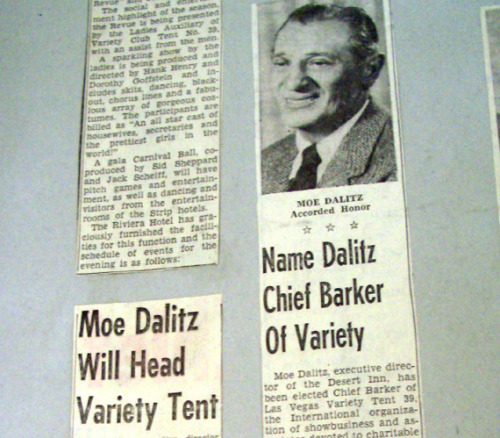
If you knew Moe or have stories about Moe, John L. Smith at the Las Vegas Review-Journal wants to hear from you. He is helping gather stories about Moe because Moe's daughter, Suzanne Dalitz- a journalist in her own right, is writing a book.
So, if you knew Moe or have stories about Moe, contact John L. here.


